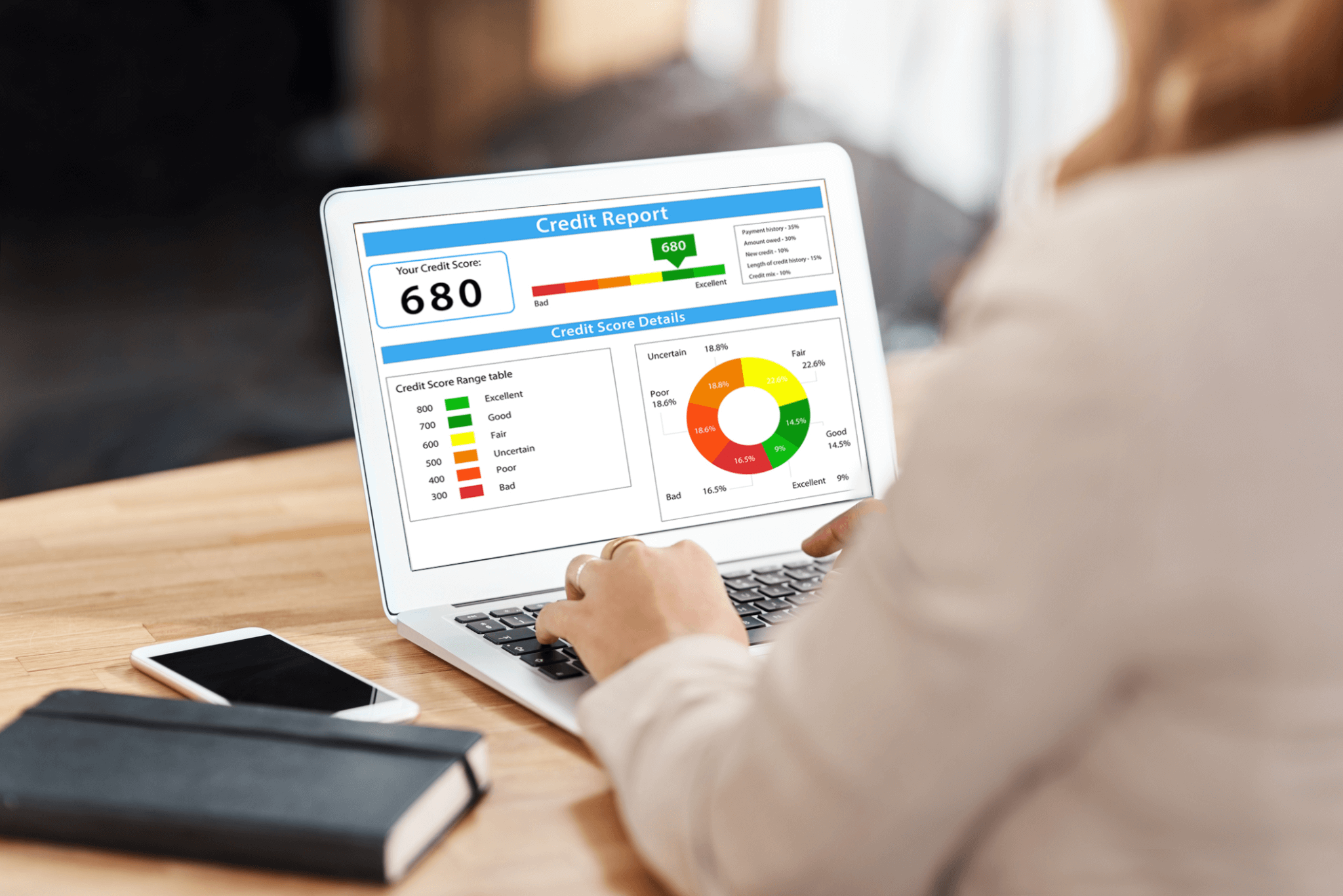Nov 22, 2024
6 min read
Fixed Charge Coverage Ratio (FCCR) Explained
Understanding a company’s financial health is crucial for investors, creditors, and...
Read story

Business financing comes in layers, like an upside-down pyramid. On the bottom, you have financing options with the lowest limits, like a business credit card. Sitting on top, you have large, lump-sum loans, like SBA loans, with massive amounts.
Somewhere in between, you have the business line of credit. With revolving credit like a credit card but eligibility requirements like a loan, it serves a unique purpose in funding your business operations.
We here at SBG Funding thought it would be a good idea to break down the differences between a business line of credit and a business credit card. We also highlight when to use each and how they both play a crucial role in gaining access to funding.
It can be easy to confuse or interchange business lines of credit and business credit cards because of how similar they are. Yet, the distinction becomes quite apparent when you look a little closer.
Like a credit card, a business credit line is an unsecured and revolving type of lending. A lender, such as a bank, credit union, or online provider, approves a business for access to cash up to a pre-defined limit. The amount of funds you can access depends on your credit profile.
Businesses use that cash to pay for unexpected expenses, cover gaps in cash flow, or make strategic investments, like an acquisition. As a revolving financing option, small business owners can repeatedly draw cash up to the credit limit over time or withdraw the entire amount upon approval.
To repay on a line of credit, borrowers make monthly payments. Some allow weekly payments. These installments will include the principal amount plus interest and fees, but repayment can unlock access to more capital.
A business line of credit sits happily between credit cards and full-blown term loans. Like a lump-sum loan, business lines of credit typically have terms between six and 24 months, after which a business owner must apply for a new line of credit.
If we look at business funding amounts as a totem pole, on top is the traditional lump-sum loan, in the middle is a business line of credit, and on the bottom is the classic business credit card. While it’s true that a business LoC and a business credit card are both revolving finance options, there are some notable differences.
For instance, banks, credit unions, and lending companies offer business credit cards, but a massive number of dedicated financial institutions only provide credit card access. That could mean working with an institution that is not “Member FDIC.”.
Business credit cards are often unsecured financing, meaning no collateral is necessary. They offer flexible use for day-to-day transactions and big-name institutions, like Visa and Mastercard, which means you can use them as you would your personal credit card.
Business credit cards also have pre-defined limits, and lenders charge interest monthly based on the outstanding balance. They work just like your personal business card, are easy to apply and qualify for, and are excellent for tracking business expenses for accounting/tax purposes.
We’ve covered some of the fundamental differences between business lines of credit and credit cards, but to clarify our point, let’s work with some numbers.
Business lines of credit offer less funding than a small business loan and more than a credit card. LoCs typically have limits between $100,000 and $250,000, but you can secure up to $750,000 by partnering with SBG Funding.
According to Forbes, the average business credit card has a limit of $56,000. Credit card issuers offer new businesses as little as $500, while more senior organizations can secure $100,000 or more. Some premium cards even offer no spending limits, allowing you to stretch your balance.
Business lines of credit often have better rates than credit cards, with many businesses seeing rates between 12 and 23%. Despite the appealing rates on the surface, bad credit, lack of business tenure, and low revenue can cause rates to exceed that range.
Credit card interest rates average 27.7% nationwide, and they can get even higher in some states and for some borrowers. Like credit limits, interest rates are less favorable for new businesses and businesses with weaker financial profiles.
Expect to pay fees for both credit options, such as late and annual fees. However, credit cards can also have foreign transaction fees, and LoCs can have origination and underwriting fees.
A business line of credit has an expiration date, usually somewhere between six and 24 months. After that time, a business owner must apply for another line of credit to continue to have access to cash.
On the other hand, credit cards can stay open indefinitely, meaning your account can remain active until you close shop. A credit card’s longer lifespan could mean carrying a balance for years.
Business credit cards are extremely easy to qualify for, and many new businesses can get approval, even for low limits and higher interest rates. Although they’re easy to get, limit increases can be slow or non-existent, meaning you could end up applying for other cards.
Businesses also don’t have the same protections as consumers under the Credit Card Act of 2009. That means your business credit card activity can impact your personal credit score, and there’s no cap on interest a lender charges you.
Likewise, a business line of credit can impact your personal credit if mismanaged. The stricter requirements emphasize business credit history/creditworthiness and revenue, allowing a bit more of a buffer for your personal credit.
Realistically, to qualify for a business line of credit or secure lower interest rates on a credit card, you should expect to apply with the following criteria:
Regardless of your chosen method, improving your financial position will create more favorable lending conditions. To better understand how much lending you need, check out SBG Funding’s Funding Calculator tool!
Due to all their differences, LoCs and business credit cards have their place in modern business. Let’s look at how small businesses put both to good use:
Business Line of Credit:
Business Credit Card:
So, how do you choose which option is best for your business? Ask yourself a few critical questions, and your answers will guide you to the right decision:
A small business line of credit is ideal for shorter-term access to large amounts of capital and is perfect for borrowers with excellent credit profiles. Credit cards are better suited for long-term, day-to-day financing and for businesses with less-than-perfect credit.
Business credit cards and lines of credit share enough similarities that we could almost give you a pass for using the terms interchangeably. Almost. The reality is they both have a purpose and provide funding that can help your business reach its goals.
There are plenty of lenders willing to provide you with business financing. Few can give you approval in as little as 24 hours, as SBG Funding can. Fewer still have a simple, three-step application process like SBG Funding. And only SBG Funding combines both with a 5-star Trustpilot rating.
Don’t settle for anything less. Partner with SBG Funding to finance your business activities with custom lending financial products to suit your needs!

Nov 22, 2024
6 min read
Understanding a company’s financial health is crucial for investors, creditors, and...
Read story

Nov 22, 2024
18 min read
Small towns offer a unique charm and sense of community that...
Read story

Nov 20, 2024
8 min read
Learning how to build a solid business credit profile is crucial...
Read story

A funding specialist will get back to you soon.
If you can’t hang on then give us a call at (844) 284-2725 or complete your working capital application here.